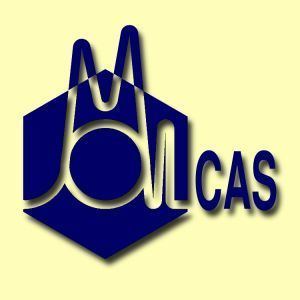License Proprietary | Stable release 8.0 / June 2014 Website www.molcas.org | |
 | ||
Operating system Type Computational Chemistry | ||
MOLCAS is an ab initio computational chemistry program, developed as a joint project by a number of international institutes. Focus in the program is placed on methods for calculating general electronic structures in molecular systems in both ground and excited states. The binaries of the package are distributed free of charge to academic users (see external links below).
Capabilities
References
MOLCAS Wikipedia(Text) CC BY-SA
